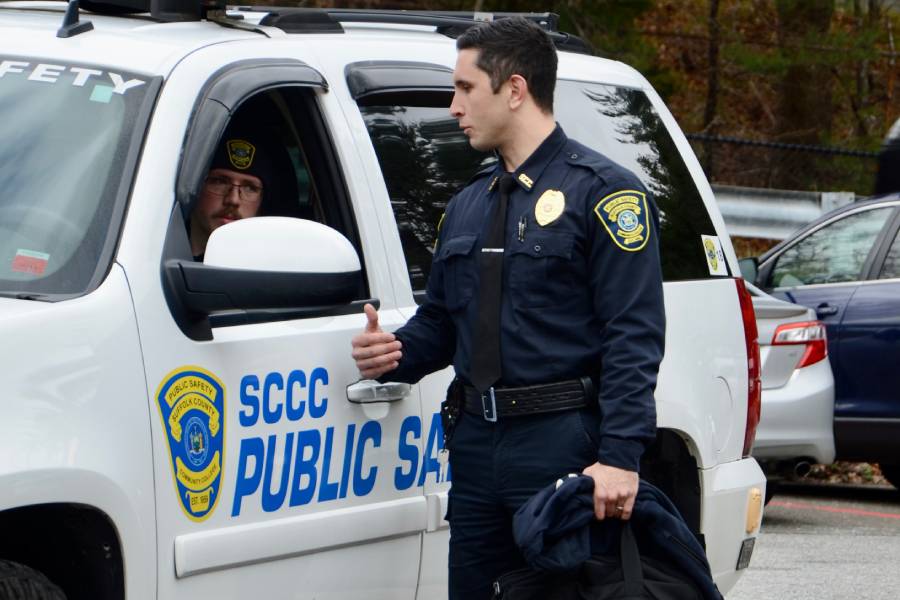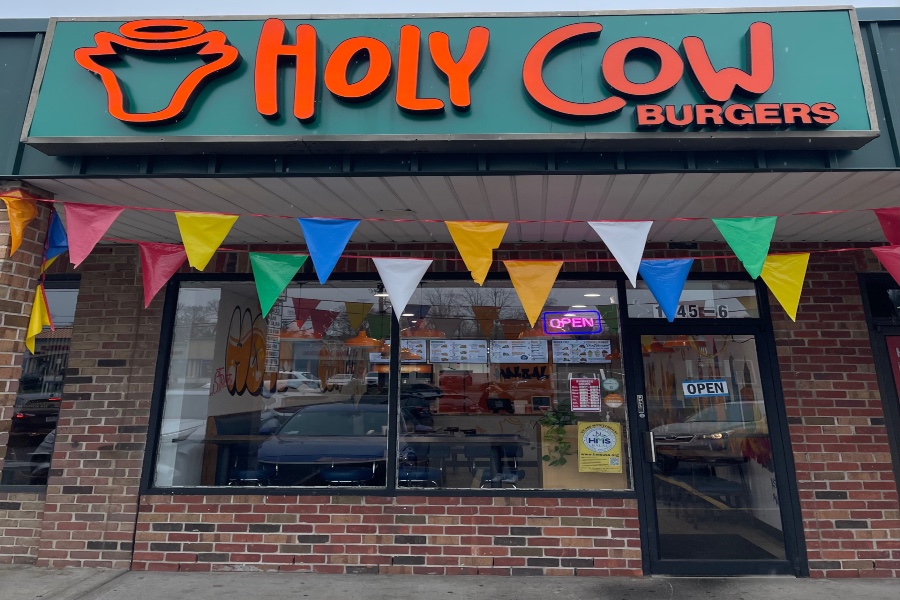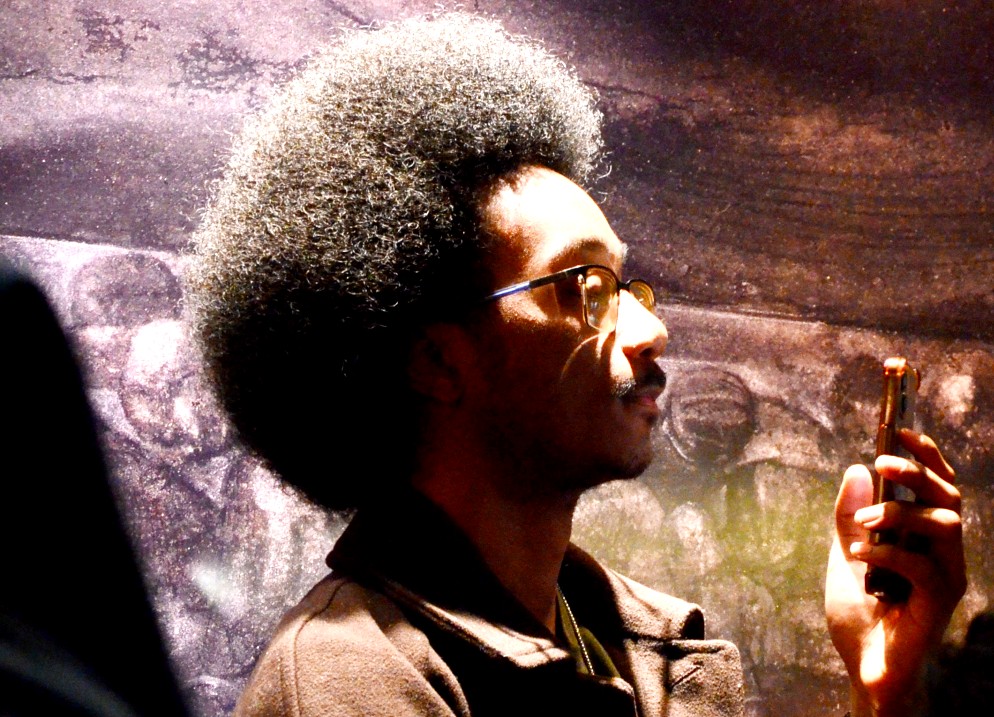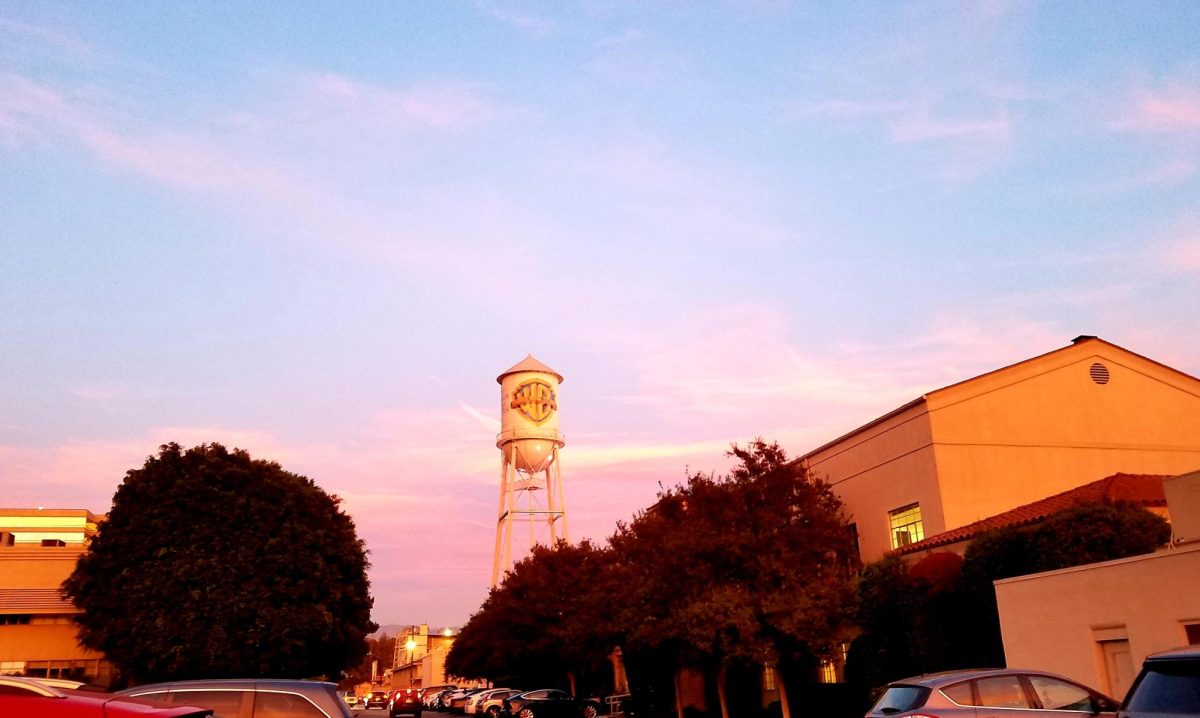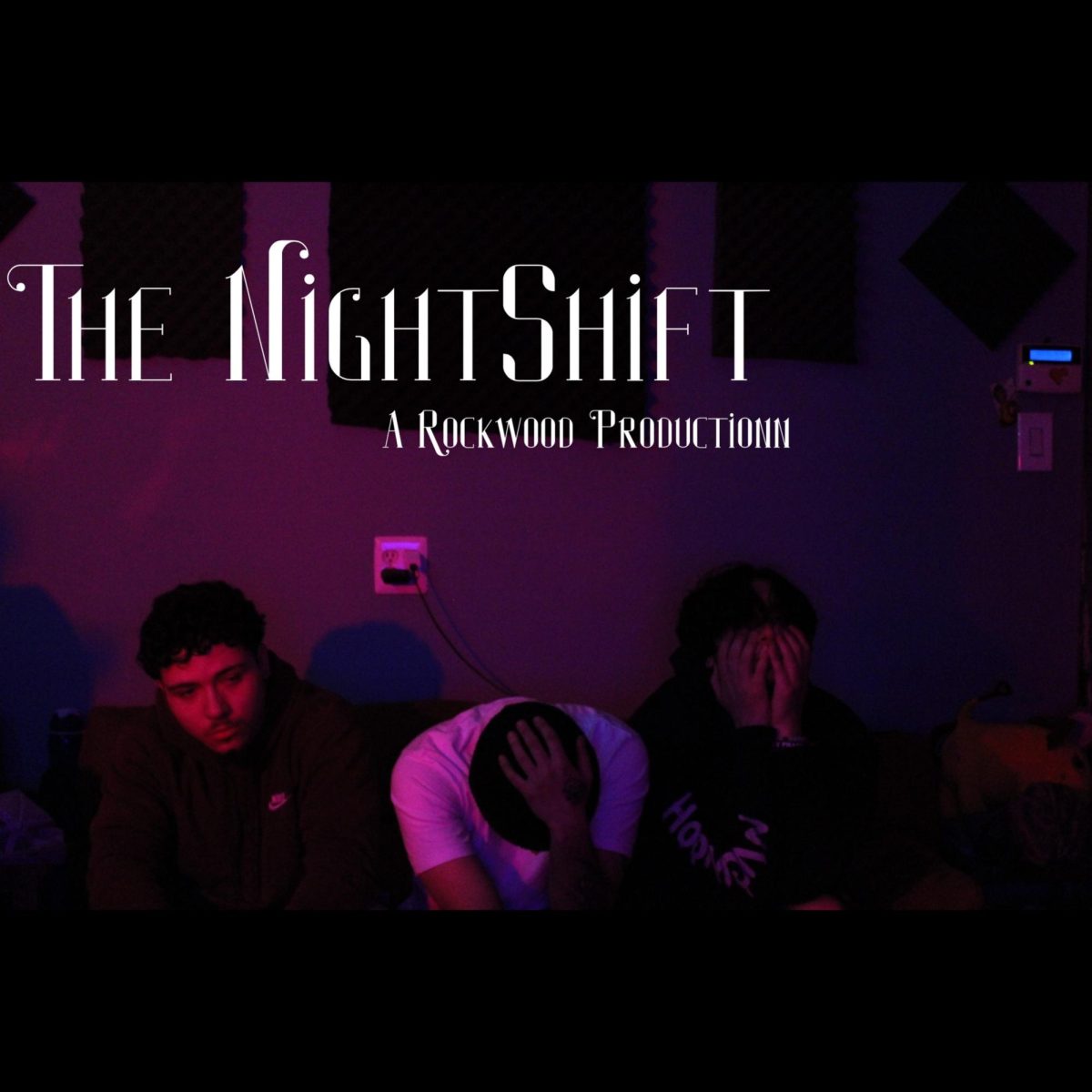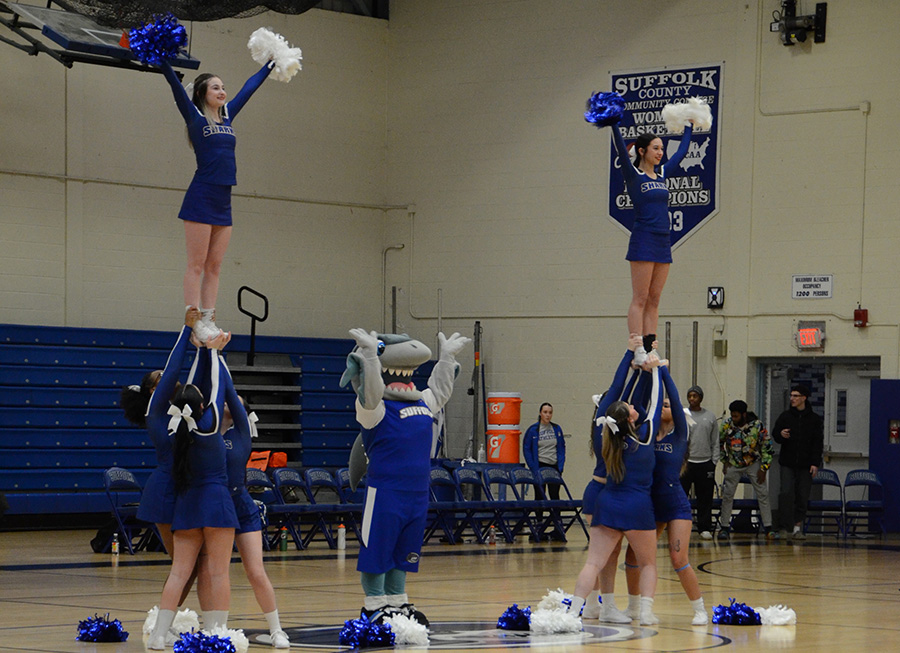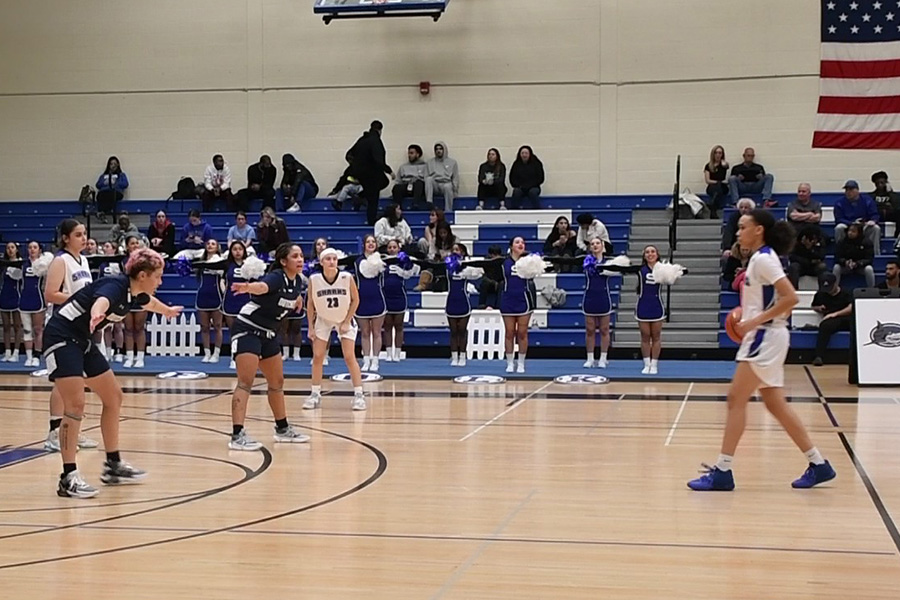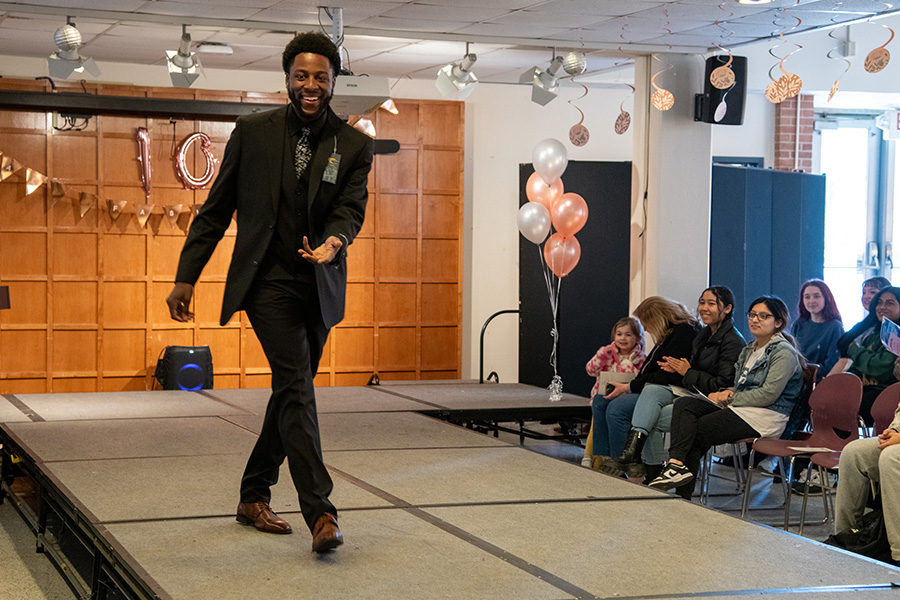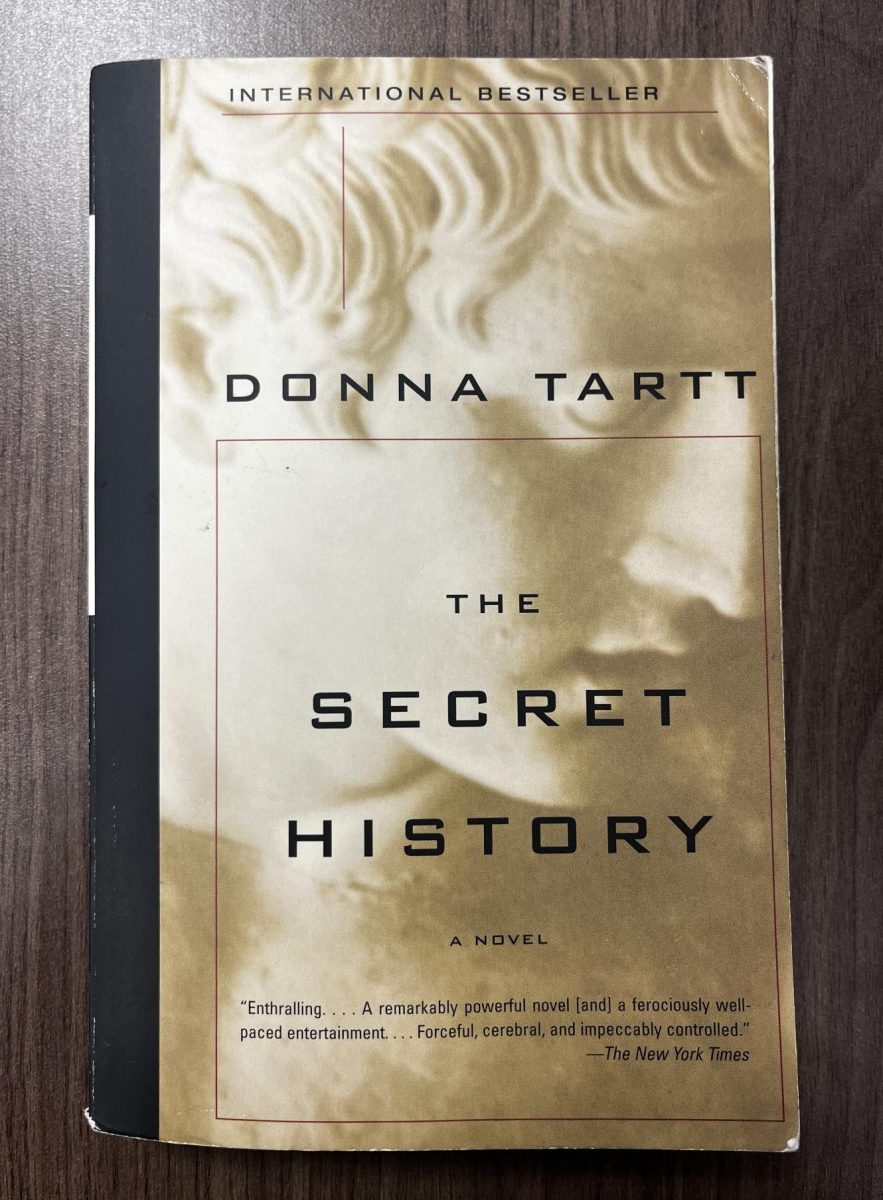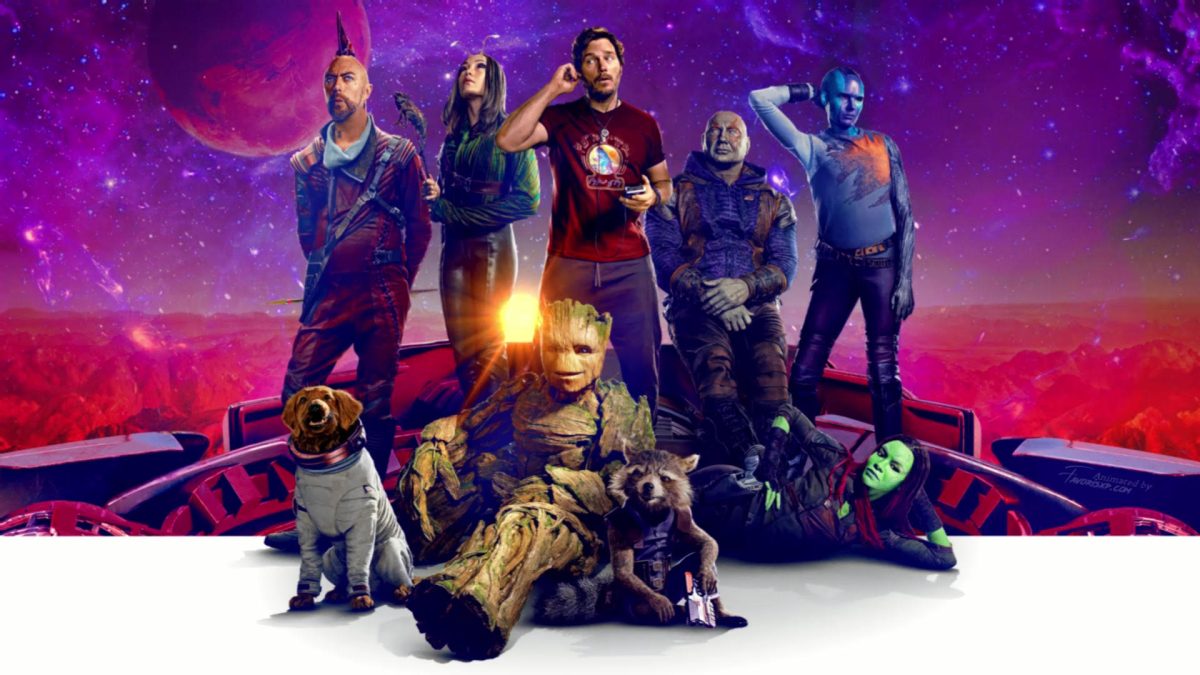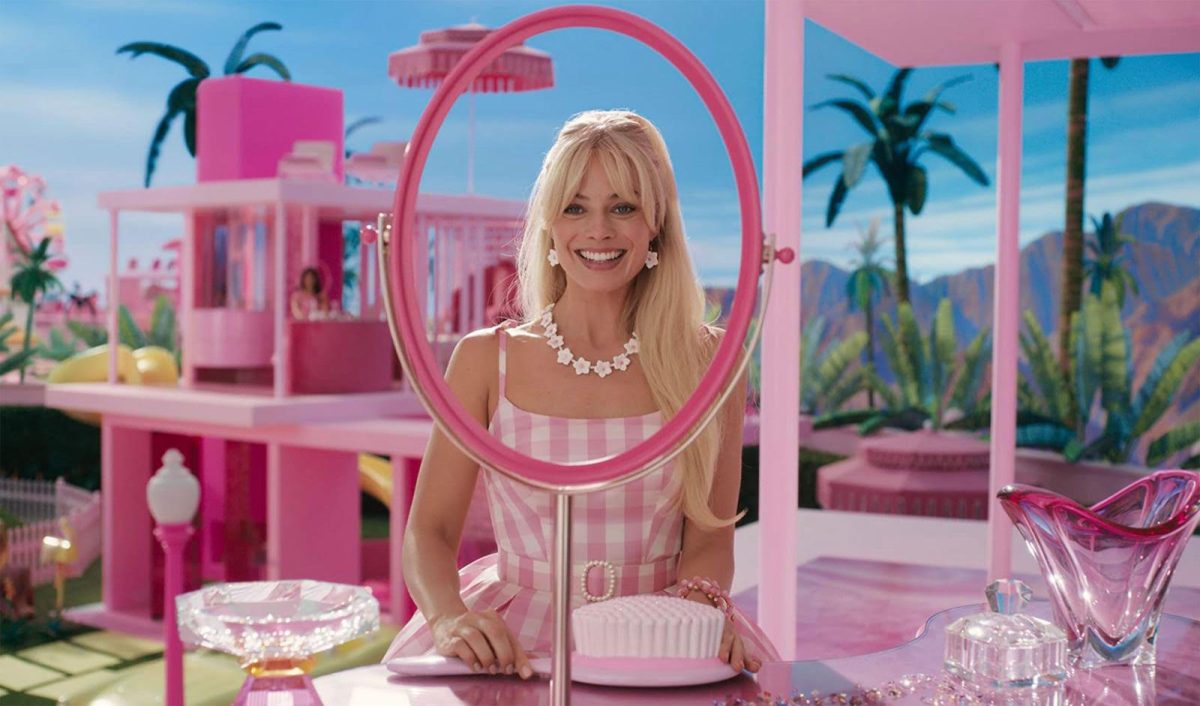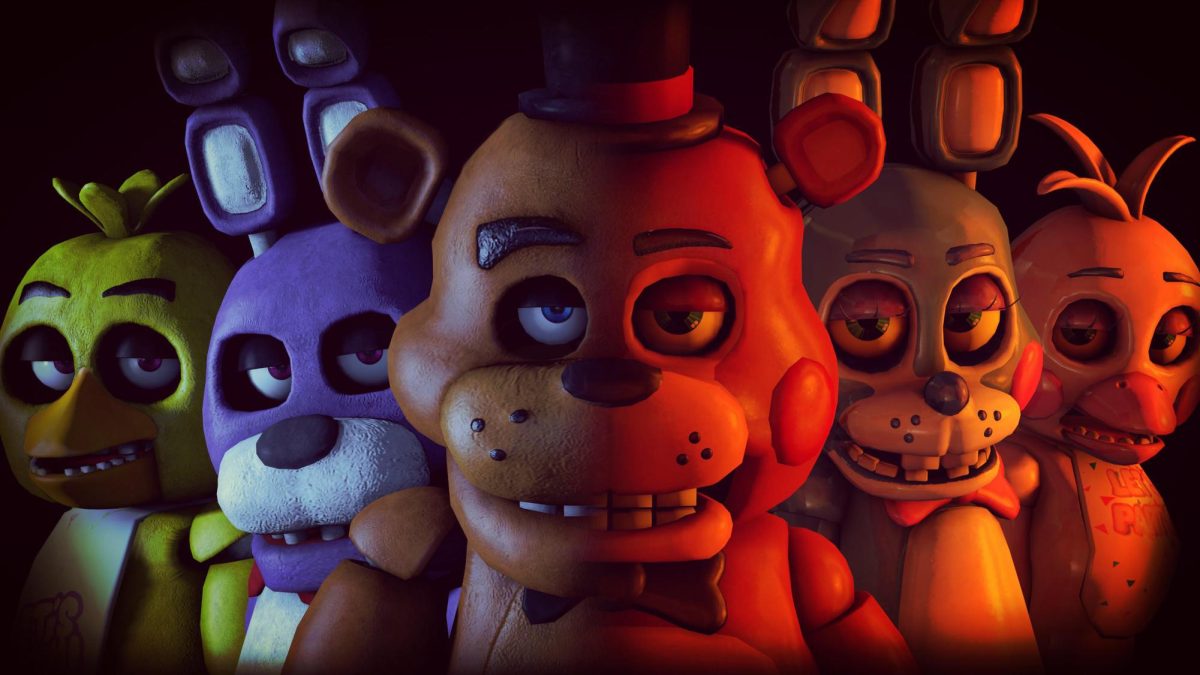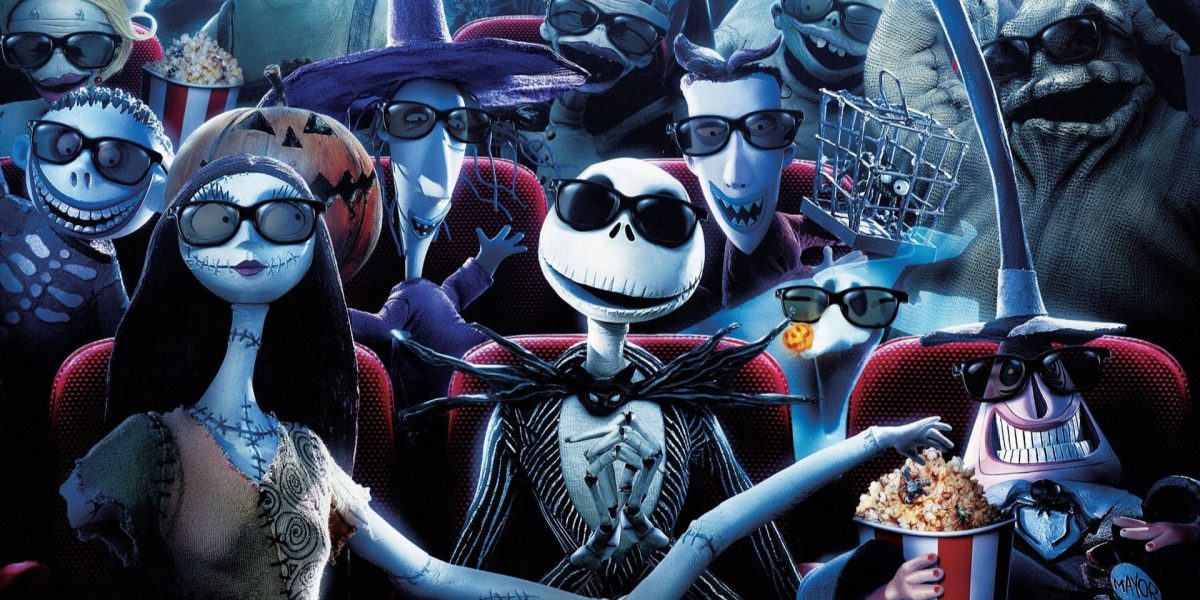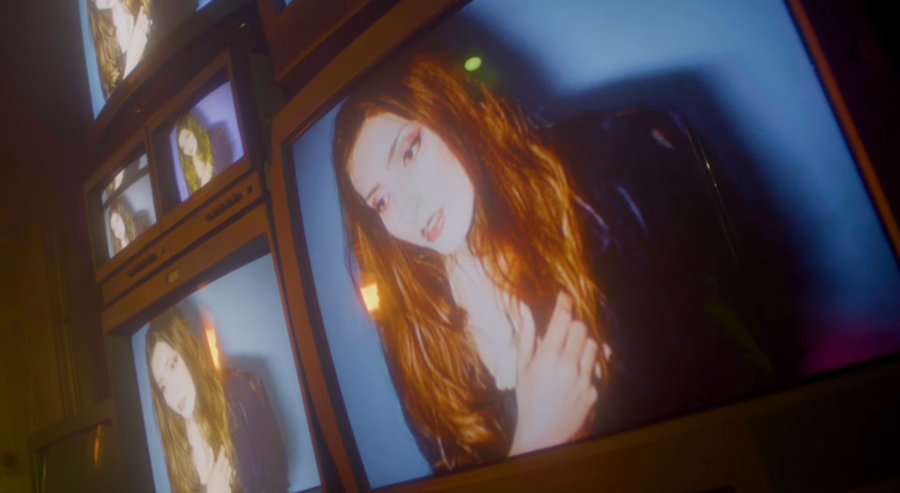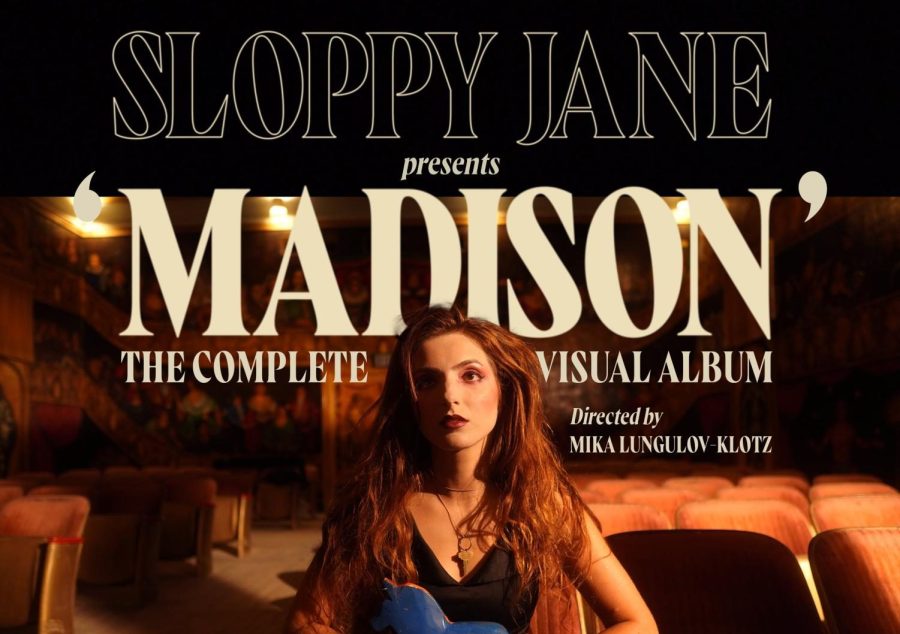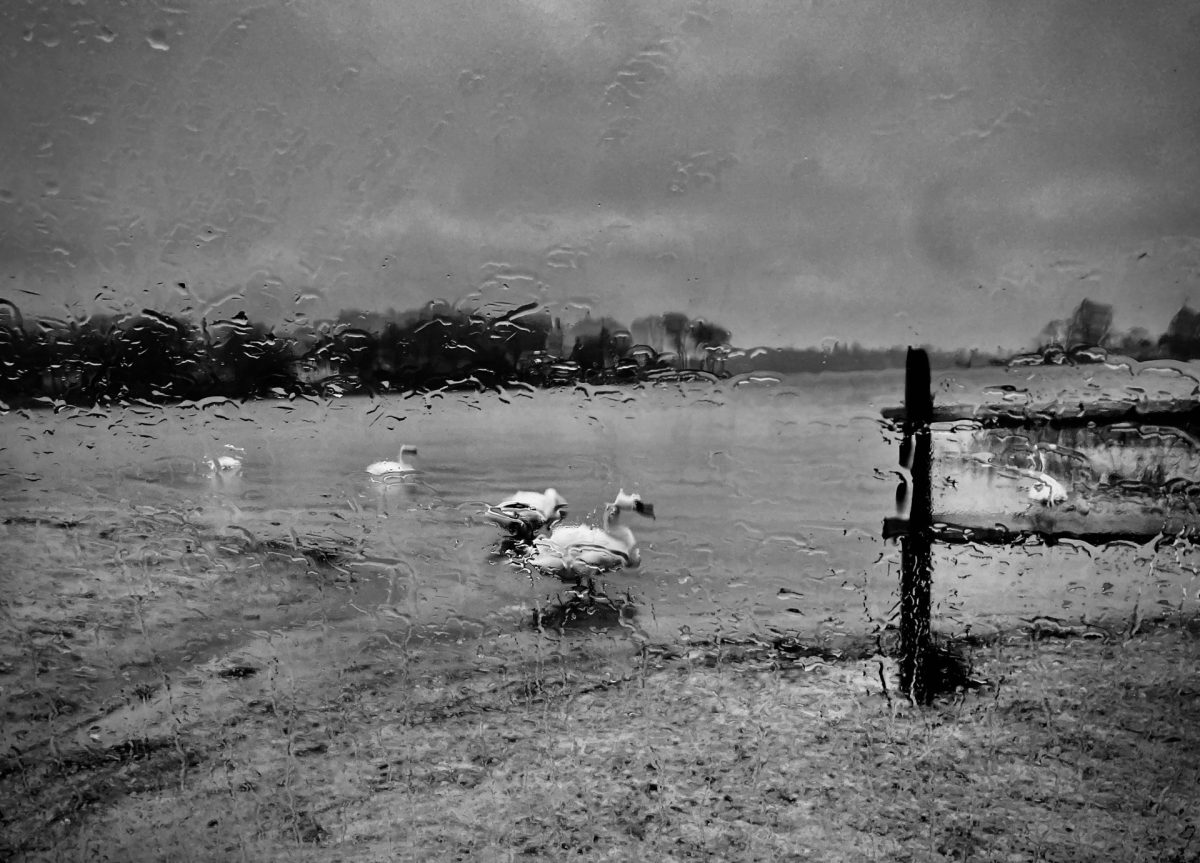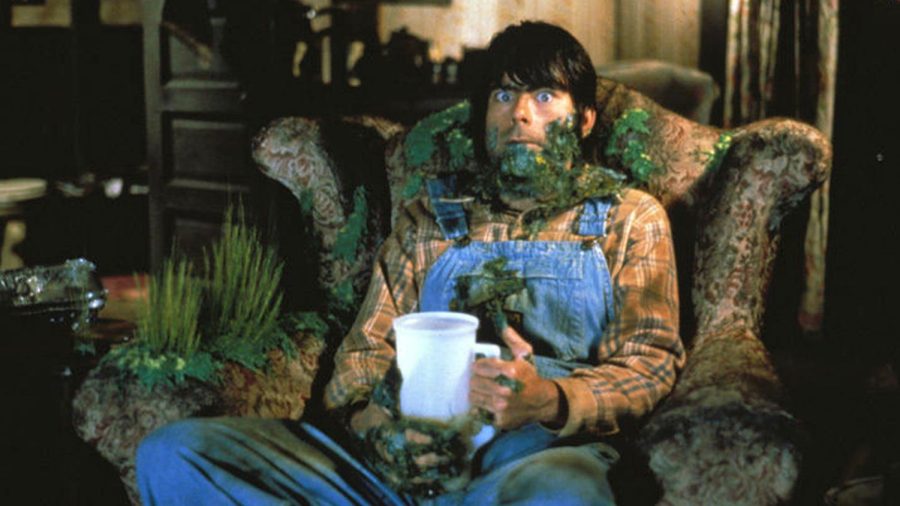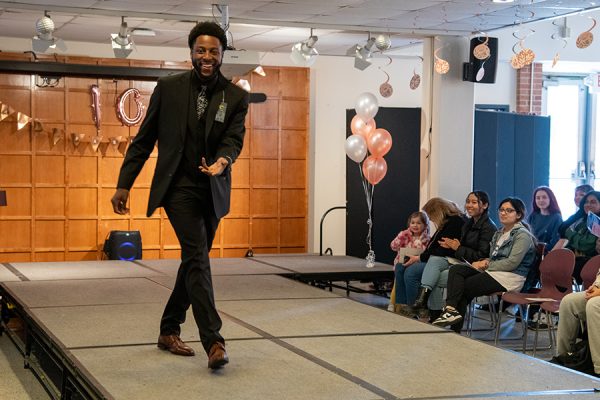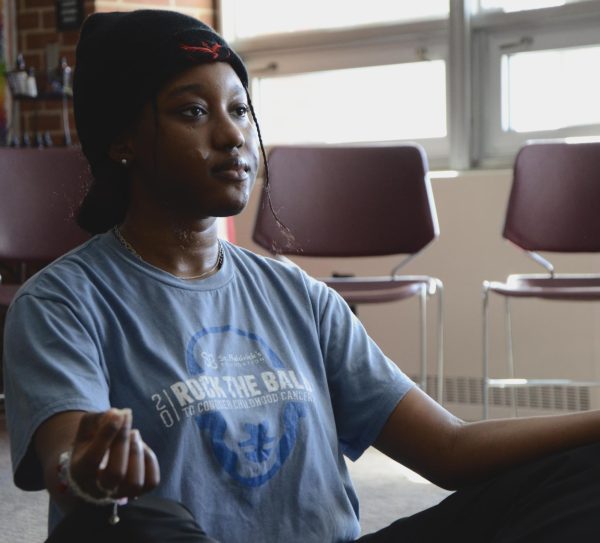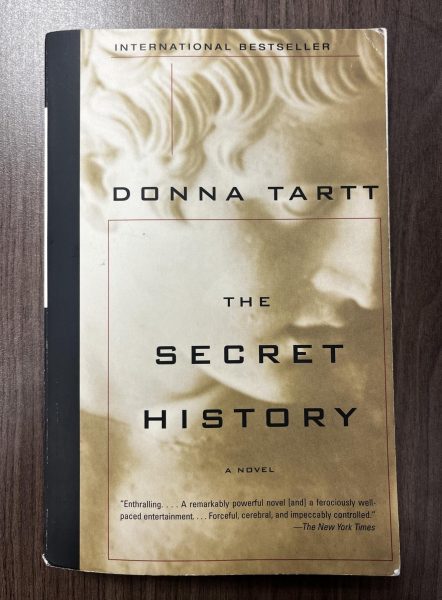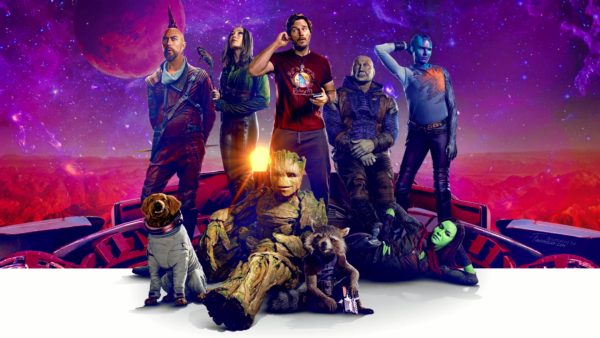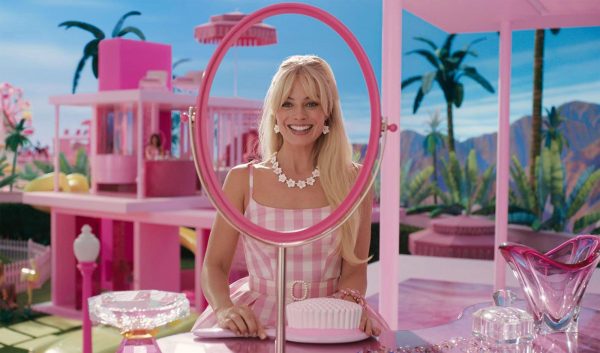A Brief History of Anthology Horror
October 3, 2022
It is no wonder the anthology format of storytelling has become a trademark of the horror genre. Short, concise, and evocative; these stories get in and get out quickly but stay under your skin for years to come. Some of the scariest works by writers like Edgar Allen Poe, Clive Barker, H.P. Lovecraft, and Stephen King have also been their shortest and many anthology films feature adaptations of these stories.
Strung together by a common host or character, this type of storytelling was quickly made popular in comics, specifically by Entertaining Comics (known as EC Comics), introduced in the 1950s. These comics specialized in science fiction, fantasy and most notably horror fiction with The Vault of Horror, The Haunt of Fear and most infamously Tales from the Crypt, primarily hosted by The Crypt Keeper. Receiving backlash from 1950s America at the time of release, EC comics threw in the towel and canceled the series in 1956 after being deemed too subversive. Gone but not forgotten, EC helped give rise to another type of anthology horror.
This time the horror anthology was now a series made for television reflecting the paranoia, hysteria, and political climate of the 50’s and 60’s called The Twilight Zone. Presented by Rod Serling, who book-ended each episode with a moralistic monologue, families would tune in every week to watch these stories play out in a place beyond time and space, yet didn’t seem so far away after all.
Now that the world had gotten a taste of what the horror anthology was like through television, it made its way to the big screen. Although Tales from the Crypt had been banned in America, it wasn’t banned everywhere. 1972 saw the release of the British movie version of Tales from the Crypt, featuring three stories from the comics. It was here that the gore and horror deemed too frightful in comic format was welcomed on the big screen. Although not the greatest adaptation out there, it was a predecessor for many more filmmakers to try their hand at the horror anthology down the line.
One of these ambitious filmmakers was none other than George A. Romero. Influenced by the EC comics, Creepshow was released in 1982. It is a darkly comedic homage to the 50’s horror comics with original stories written by Stephen King, marking his screenwriting debut. Creepshow consists of five stories starring many great actors, some even unknown at the time
(such as Ed Harris). In true Romero fashion, the movie is mainly shot in Pittsburg and the surrounding area, much like his earlier movies Night of the Living Dead and Dawn of the Dead.
At the helm of the special effects for the movie was the Sultan of Splatter himself: Tom Savini. Savini was hired to give the movie a comic-like feel and features his first fully animatronic creature, affectionately named “Fluffy.” Creepshow is stacked with memorable special effects, from covering Stephen King in “meteor shit” to pumping $125, 000 worth of cockroaches into a sealed room (which proved to be the most expensive part of the film, at 50 cents per roach).
To further pay tribute to its comic roots, the prop comic book and poster used in the movie was drawn by Jack Kamen, one of the artists of the original EC comics and really gave the movie a feeling of authenticity. Creepshow is a colorful, funny, and creative homage to the horror comics Romero and King grew up with and was able to capture its essence in every segment. Creepshow treats the horror genre with such affection that it has reached cult movie status since its release and is Romero’s only movie to open up at number one at the box office the weekend of release. Although not the first film of its kind in the 1980s, the success of Creepshow helped anthology horror flourish throughout the decade and well into the 90’s. The following years saw the release of Twilight Zone: The Movie followed by a revival of the TV series as well as Cat’s Eye (another Stephen King based anthology film starring Drew Barrymore), and Romero’s television series Tales from the Darkside then followed by a movie version in 1990.
Moving into the 90s, Tales from the Crypt had its own HBO show that ran for seven seasons and was allowed to have full freedom from censorship. The show’s content frequently included graphic violence, profanity, sex, and nudity. Master of horror, John Carpenter got into the anthology game with Body Bags which starred himself in his only acting role credited as “The Coroner.” We also got Tales from the Hood, an urban-themed horror story that focuses on themes of racism and gang violence. By the time the millennium rolled around, we had enough anthologies to last a lifetime.
In the midst of this fatigue, there was one movie that brought back the horror anthology in its own unique way. Combining everything we love about Halloween into an interwoven story taking place on October 31st, Trick ‘r Treat is now a seasonal classic, joining the ranks of John Carpenter’s Halloween (which director Michael Dougherty drew a lot of inspiration from).
Based on the animated short directed by Michael Dougherty in 1996 titled Season’s Greetings, this passion project masterfully connects five different stories with one little trick-or-treater known as Sam, who has become the mascot for the holiday and serves as the living embodiment of Halloween tradition.
Originally slated to be released during the fall of 2007, Warner Bros inexplicably pulled it from the schedule with no new release date in sight. The film was shelved for two years until it
was quietly released straight to DVD in 2009. Despite the stigma of being a “straight to DVD” movie, horror fans championed it and talked it up enough that it has built a cult following over the years.
Now we can walk into any Spirit Halloween store and see the shelves packed with Trick ‘r Treat and Sam merchandise, up there with Michael Meyers, Jason Voorhees, and Freddy Krueger. This movie has become unanimous with the culture that surrounds the season and is a viewing tradition for many every Halloween.
Today, anthology horror is still going strong with movies like V/H/S, The ABCs of Death, and A Christmas Horror Story that can all be found on Netflix along with series like Black Mirror. The Twilight Zone is on its fourth revival and Creepshow is now a series on Shudder about to go into its fourth season. Anthology horror can be a hit or miss, often within the same film, especially when the stories included are wildly different. Then again, if you don’t like one story the next one could win you over, so keep watching.
